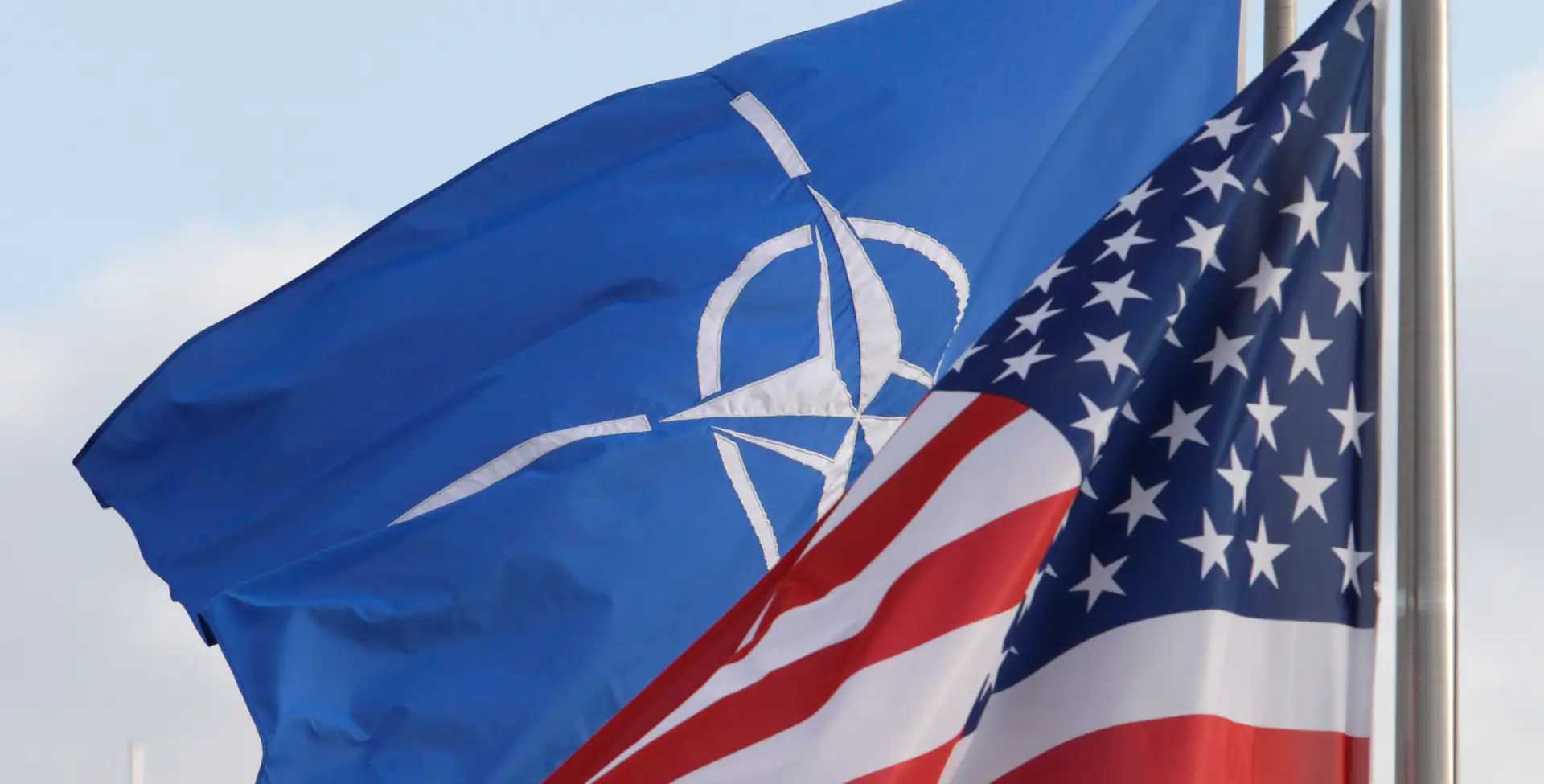
If you liked this article, please share it with your friends and family. You can also help the American Security Council Foundation shape American policy.

Written by Alan W. Dowd, ASCF Senior Fellow
Three enemy regimes in three different parts of the world are reminding Americans on a daily basis of the growing danger posed by missiles and kamikaze drones, the absolute necessity of fielding a robust layered missile defense, and the farsighted vision of President Ronald Reagan.
A World of Threats
Let’s start with Russia’s war in Ukraine. Much of the destruction wrought by Putin has come courtesy of Russia’s missile and kamikaze-drone arsenal. Russia has pelted Ukraine with an onslaught of more than 3,650 missiles. Russia’s missiles have destroyed Ukrainian urban centers, roads, power stations, dams, communications systems, command and control nodes, port facilities, and other critical infrastructure. Moscow has augmented its missile attacks in recent weeks with long-range killer drones supplied by Iran. Russia has hurled hundreds of Iranian-made Shahed-136 drones into Ukraine, mostly targeting urban centers.
That brings us to the second enemy regime brandishing missiles, drones and rockets. Missile and kamikaze-drone attacks conducted by Iran and Iranian-backed proxies are torching and terrorizing targets in Saudi Arabia, Syria, Iraq, the UAE and Ukraine. Armed with Iranian missiles and drones, Houthi rebels in Yemen are hitting natural-gas plants, desalination facilities, oil refineries and power stations in Saudi Arabia. By the end of 2021 (the most recent available data), at least 1,281 Iranian-made missiles and kamikaze drones had been launched into Saudi territory. Some have reached as far as the Saudi capital of Riyadh, and at least 59 Saudis have been killed by Iran’s rain of missiles and drones. To the north, Iran and Iranian-backed militia routinely lob missiles at U.S., Kurdish and coalition forces in Iraq and Syria. For instance, Iranian kamikaze drones attacked a U.S. base in southern Syria in late 2021. This followed Iranian missile attacks on a U.S. base in northern Iraq in early 2020.
In addition, we know that Iran has tested a medium-range ballistic missile. In 2015 and again in 2016, Iran tested missiles capable of delivering nuclear weapons. Iran appears to be focusing on precision-guided missiles with a range of 1,250 miles—enough to strike U.S. allies and bases across an arc stretching from Southwest Asia to Southeast Europe. And it pays to recall that Iran has demonstrated the capacity to loft a rocket into orbit, thus highlighting technologies that are applicable to the development of an ICBM. But Iran’s missile reach is not limited to land-based assets. In 2004, senior Pentagon officials confirmed that Iran secretly test-fired a ballistic missile from a cargo ship: “They had taken a short-range, probably Scud missile, put it on a transporter-erector launcher, lowered it in, taken the vessel out into the water, peeled back the top, erected it, fired it, lowered it, covered it up.” That serves as a reminder that the range of Iran’s missiles may be irrelevant: A moveable launchpad brings virtually anywhere within reach of Iran’s missile and kamikaze-drone arsenal.
Along with helping Putin in Ukraine, Iran is transferring missiles to Hezbollah, Palestinian terror groups and Iraqi militias.
North Korea has conducted 45 missile tests over the past 12 months. During a spasm of missile launches this autumn, some North Korean missiles flew over Japanese territory.
North Korean missile launches on October 3 and 4 of this year triggered Japan’s national-alert system—and panic across the country. (Spurred by the threatening moves of North Korea, Russia and China, Japan is developing its own offensive missile capabilities in hopes of deterring these tyrant regimes.) According to the Missile Defense Agency (MDA), North Korea “has conducted an unprecedented level of nuclear tests and ballistic missile launches since 2016, including its fourth and fifth nuclear tests, as well as its short-range, medium-range, intermediate-range, long-range and submarine-launched ballistic missile (SLBM) launches.” In addition, “North Korea is developing and has paraded…two road-mobile ICBMs which, if successfully developed, would likely be capable of reaching much of the continental United States.” Indeed, Pentagon officials assess North Korea’s nuclear-capable KN-08 ICBM to be operational. That brings all of Alaska, Hawaii and the western part of the continental U.S. in range. This is a regime, it pays to recall, that openly vows to “reduce the U.S. mainland into ashes,” turn Seoul into “a sea of fire,” and “sink” Japan “into the sea.”
We should not overlook China. With its missile arsenal “expanding in both number and diversity,” China has “the most active and diverse ballistic missile development program in the world,” according to the MDA. In the summer of 2022, after Speaker Nancy Pelosi visited Taiwan, China fired several missiles into the waters and airspace around that embattled island democracy. And in late 2021, China used a long-range missile to launch a hypersonic glide vehicle that traveled around the earth and impacted a target in China. (Related, Russia has invested in “nuclear-powered cruise missiles capable of circling the earth indefinitely,” as the Economist reports.)
Growing Dangers
Even before Russia’s assault on Ukraine, ballistic missile launches per year had nearly quadrupled between 2005 and 2018, according to an MDA analysis. All told, 31 countries deploy ballistic missiles today. Several of these missile-wielding countries are unfriendly (Russia, China, Iran, North Korea, Serbia), or unstable (Pakistan and Egypt), or under from internal and external forces threat (Saudi Arabia), or all of the above (Syria).
The list of missile-armed countries is certain to grow: Venezuela is trying to acquire and field missile systems of its own, and Russian generals have proposed missile deployments in Venezuela. Plus, it pays to recall that some missile threats aren’t even countries: Hezbollah has a massive arsenal of 100,000 rockets and missiles, and an Australian national was arrested in 2017 for assisting ISIS with the development of a long-range guided missile.
Part two of this series will explore the countermeasures, technologies, systems and partnerships the U.S. and its allies are developing to address this 21st-century missile crisis.




